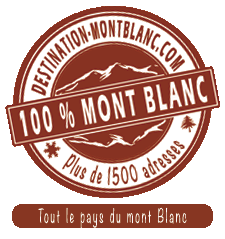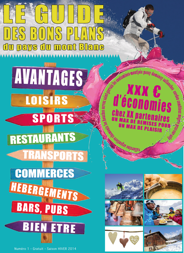Climate
The climate of the country of Mont Blanc, a climate marked by many micro -climates
The structure of the country of Mont Blanc with its many valleys, high peaks, steep slopes , glaciers , creates many very different from one valley to another microclimates. There is for example 5 ° C difference in winter and summer , between the valley of Chamonix and Sallanches valley .
The sun is higher than the national average of cities with 822 hours of sunshine in 2013.
The maximum rainfall would tend to be more pronounced in July and August with a minimum in January-February , although in recent years , the maximum precipitation is closer spring , particularly in April and May.
It is so cold that a few decades ago with such a record cold in Chamonix in 2013 -14 ° C while the national record was -15.7 ° C.
We are far from - 25 ° C - 30 ° C, we could see the middle of the last century.
In summer, it is good with a very sunny and temperatures averaging 25 ° C. In 2013, the record temperature was 31.9 ° C while the national record was 38.5 ° C.
The day, the valley wind creates a light and refreshing air permanent call .
The Foehn effect on the Mont Blanc
One of the peculiarities of the country of Mont Blanc is the Foehn effect . This weather phenomenon occurs mainly in the high mountains . The Mont Blanc massif rising to 4810 m is the perfect place to start it.
Italian side , where the wind comes against the massif of Mont Blanc, it should rise to around . When lifting , the air mass garnered so much moisture that just before reaching the summit that emerges from heavy rainfall and strong winds . This is the venturi effect . The air up the slope , cools and thus precipitation.
Meanwhile, French side of the massif, the air is dry , it's sunny .
Then there is a pressure difference between the two sides . The air then descends French side. The temperature of the dry air masses ranging easier , the descending air has lost much of its moisture left near the top Italian side becoming warmest As its descent and therefore its compression .
We can therefore suddenly gain 10 to 15 ° in the valley , a day of winter, time foehn ...
The temperature inversion in the valleys of Mont Blanc
Here is another characteristic feature of the country of Mont Blanc and especially the Chamonix valley , the temperature inversion. We are for example in winter, it is freezing cold in the streets, you are not motivated to go skiing , you say , how awful , then I 'm cold up there so it's not even worth it. Well you 're wrong !
The cold air mass remained blocked in the valley , while the warm air mass is over ..
A temperature inversion forms almost always in the valleys during the night, especially in autumn and winter when the nights are long. In the amount of 300 to 500 m, and we can earn 5 to 10 degrees , even exceptionally 15 to 20 degrees ! In general, a strong temperature inversion is visible through a fog layer at low altitude.


























